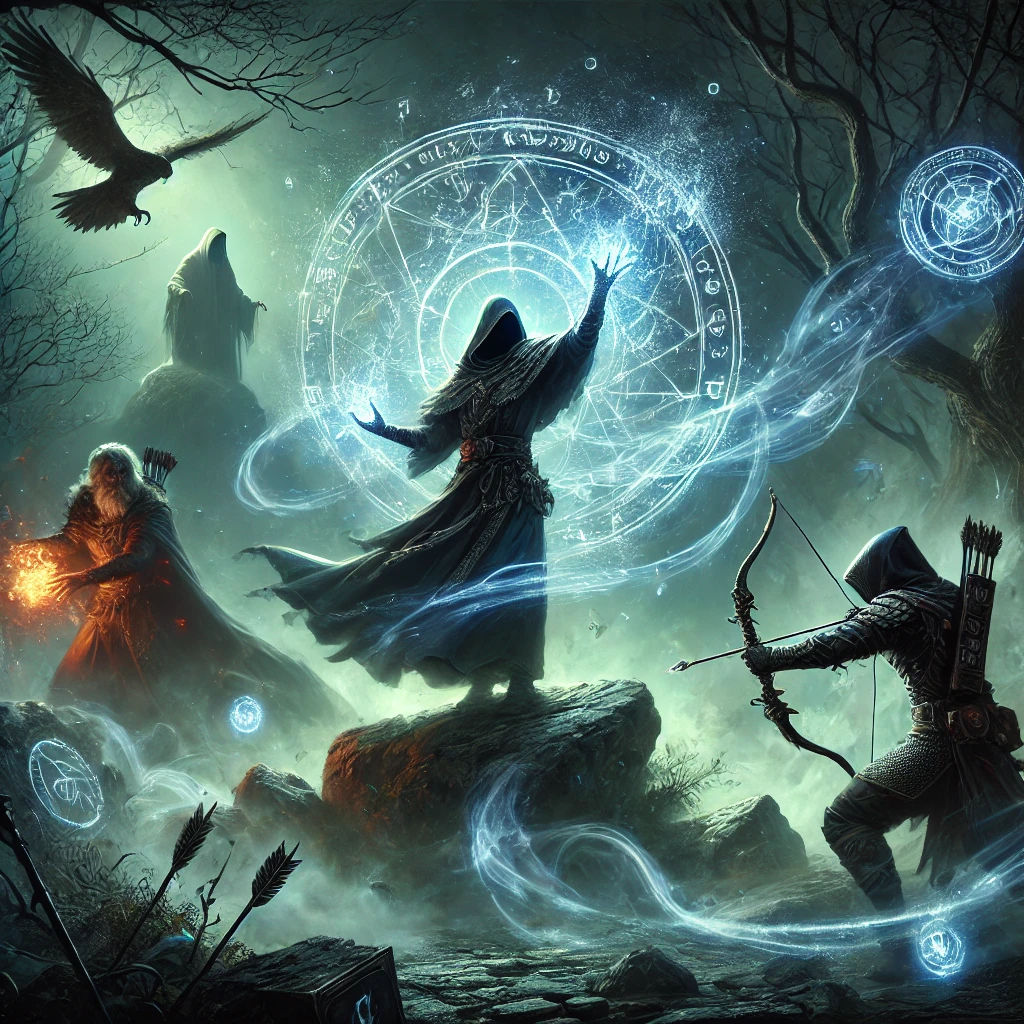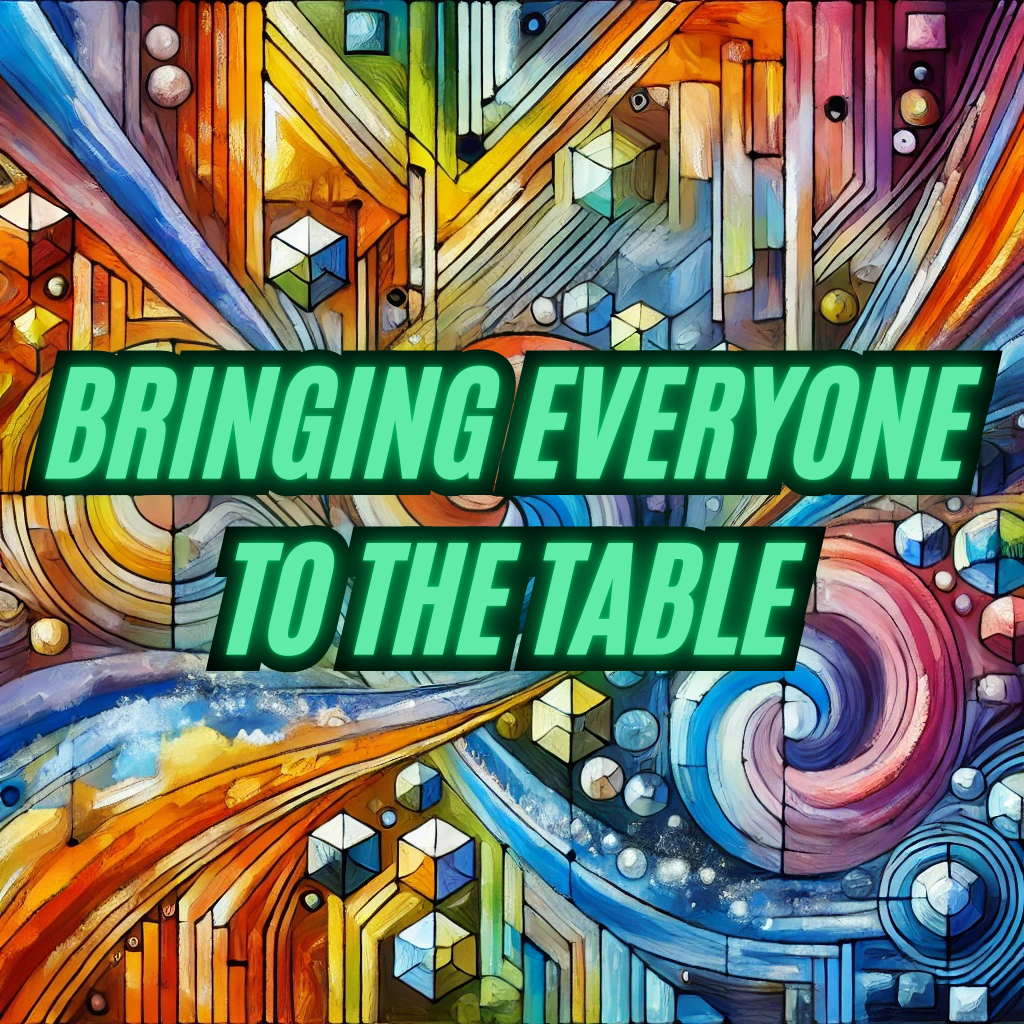A compelling character backstory can transform your tabletop role-playing game (TTRPG) experience. It not only breathes life into your character but also enhances the overall narrative, giving your Game Master (GM) rich material to weave into the plot. Crafting an engaging backstory is both an art and a collaborative effort. Here’s how you can create a backstory that adds depth and excitement to your game.
Step 1: Understand the Game World
Before diving into your character’s backstory, familiarize yourself with the game’s setting. Is the world a high-fantasy realm teeming with dragons and magic? Or a gritty cyberpunk dystopia dominated by mega-corporations? The tone, themes, and lore of the game world will influence your character’s origins, motivations, and personality.
Collaborate with your GM to learn about:
- Key regions and factions in the game world.
- Important historical events or cultural norms.
- Unique elements, such as magic systems or technology.
This ensures your backstory fits seamlessly into the narrative framework, avoiding inconsistencies that might detract from the immersion.
Step 2: Start with Core Questions
To create a well-rounded character, begin by answering a few core questions:
- Who are they? What is your character’s name, race/species, and class/profession?
- Where did they come from? What region or community shaped them?
- What do they want? What are their goals, ambitions, or dreams?
- What are they afraid of? What are their flaws, fears, or regrets?
These foundational elements give you a starting point to expand your character’s history and personality. Avoid overloading your backstory with excessive detail at this stage; leave room for development during gameplay.
Step 3: Collaborate with Your GM
Collaboration with your GM is crucial for aligning your backstory with the campaign. Share your ideas early and be open to feedback. Here’s how to approach this process:
- Discuss story hooks. Work with your GM to integrate narrative elements that tie your character to the world and the campaign’s main plot. For instance, a missing sibling could be connected to the villain’s schemes.
- Balance personal and group goals. Ensure your character’s backstory doesn’t overshadow the party’s shared objectives. Instead, look for ways to complement and enhance group dynamics.
- Adapt to the setting. Be flexible and willing to tweak details to fit the GM’s vision and the campaign’s tone.
This collaborative approach not only strengthens the story but also fosters a sense of investment for both you and the GM.
Step 4: Add Depth with Relationships
People don’t exist in a vacuum, and neither should your character. Consider their relationships:
- Allies: Friends, mentors, or loved ones who shaped their journey.
- Rivals: Competitors or enemies who add tension to their past.
- Family: Parents, siblings, or other relatives who influence their motivations.
These connections create opportunities for character-driven story arcs and emotional stakes. Be sure to share these details with your GM so they can incorporate them into the campaign.
Step 5: Leave Room for Growth
A great backstory is not a finished novel but the prologue to your character’s journey. Avoid resolving all your character’s conflicts or mysteries before the game begins. Instead, leave space for development and surprises during gameplay. For example:
- A mysterious benefactor who helped your character escape danger could be revealed as an ally or antagonist.
- An unresolved feud might resurface, offering a chance for redemption or revenge.
By leaving threads open, you’ll create opportunities for organic growth and collaboration with the GM and other players.
Step 6: Keep It Concise
While it’s tempting to write a detailed novel about your character’s life, aim for brevity and focus. A one- to two-page summary is often sufficient. Highlight key events, motivations, and relationships that define your character without overwhelming your GM or fellow players.
Final Thoughts
Building a backstory is not just about creating a compelling character—it’s about enhancing the game for everyone at the table. By collaborating with your GM, aligning your character with the game world, and leaving room for growth, you’ll contribute to a rich, dynamic story that everyone can enjoy.
So grab your dice, start brainstorming, and get ready to bring your character’s story to life!




